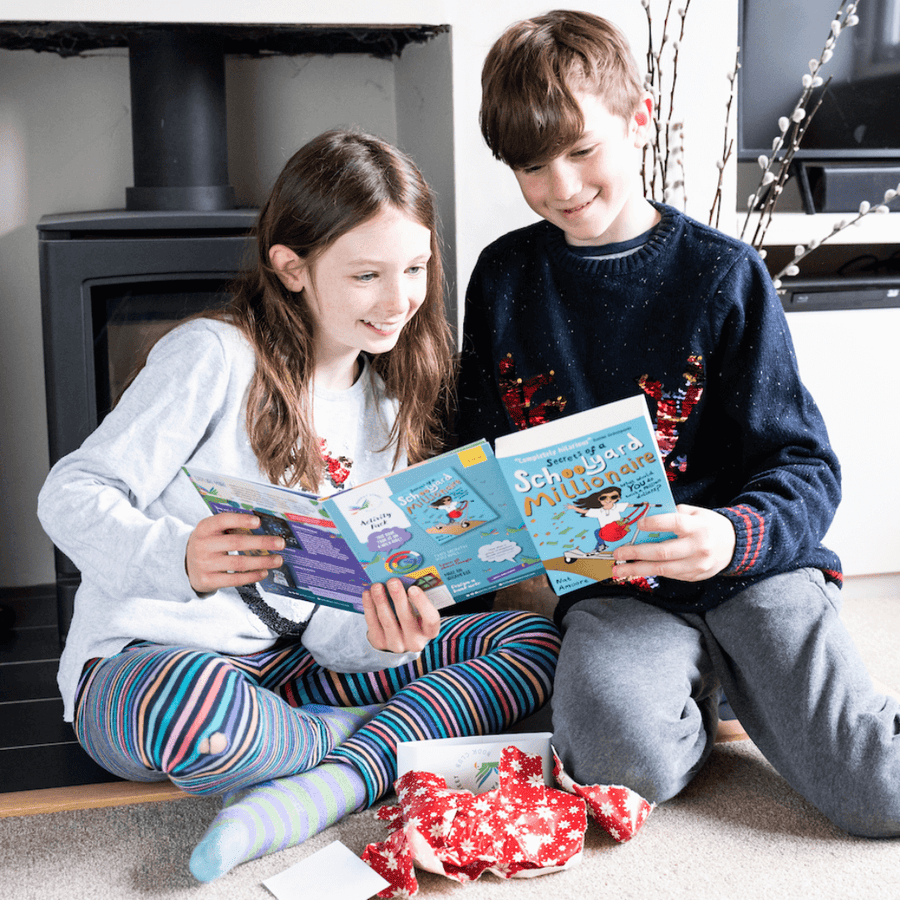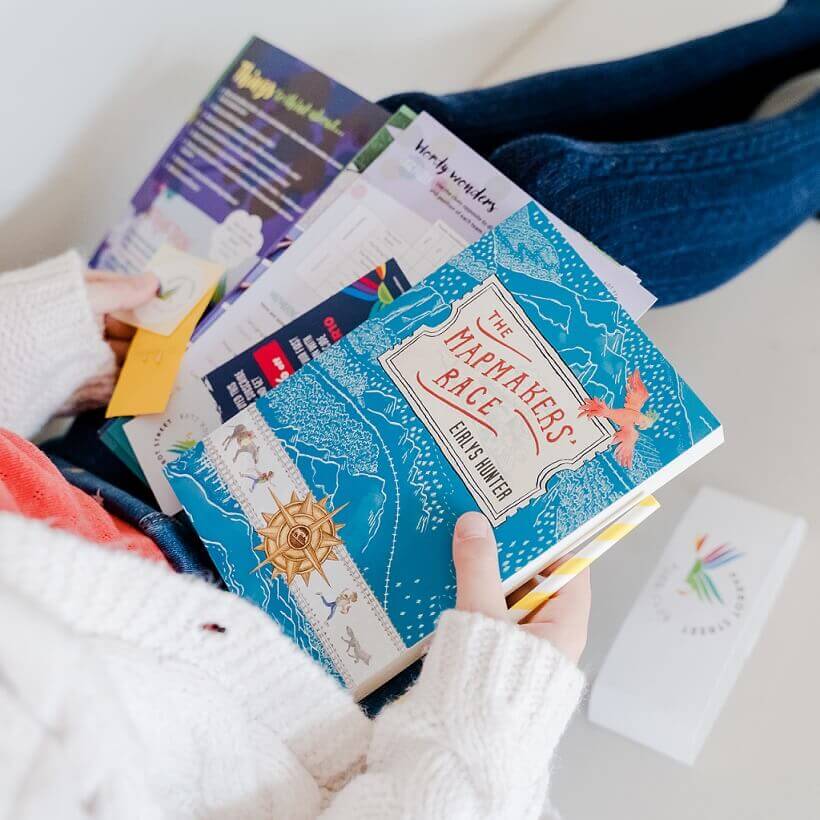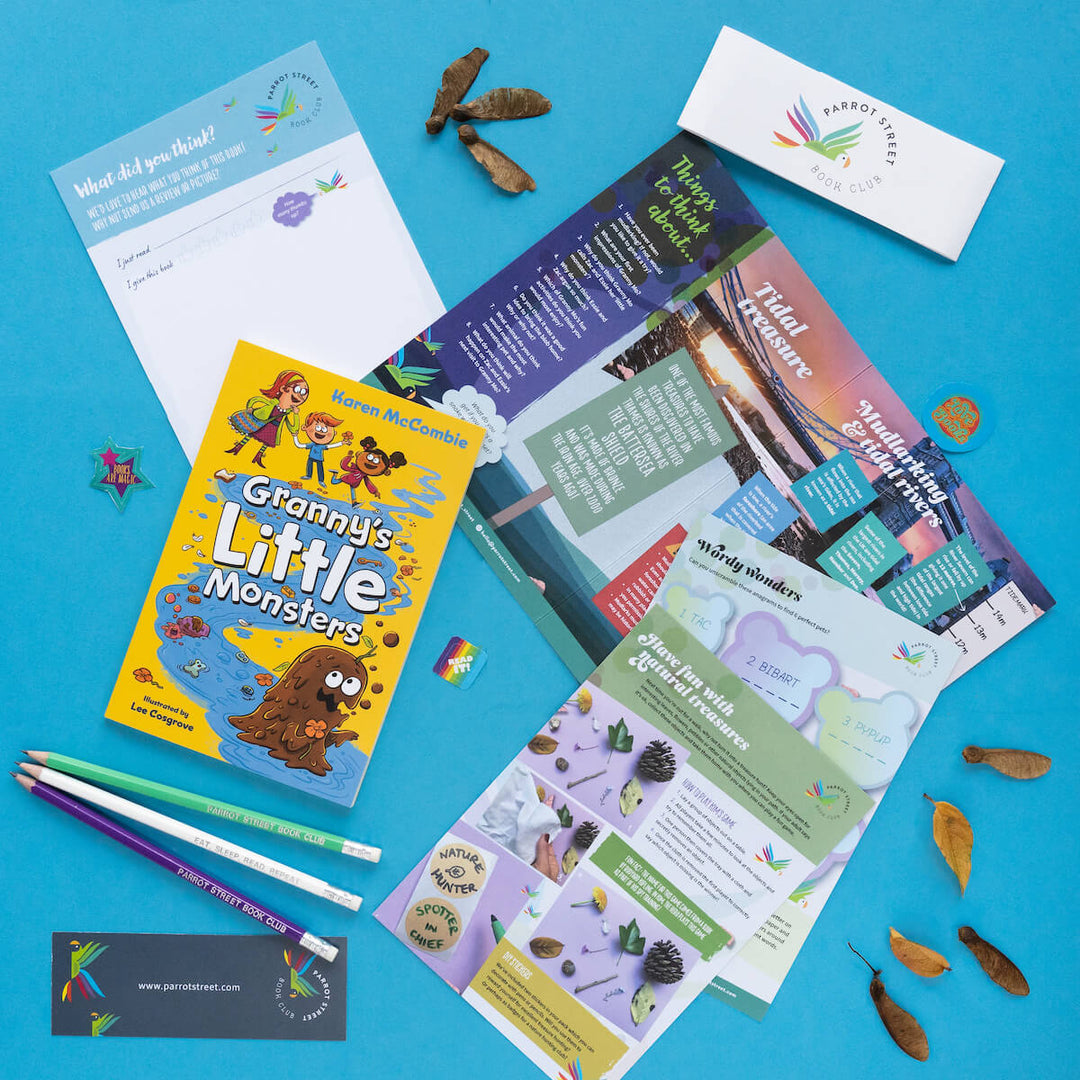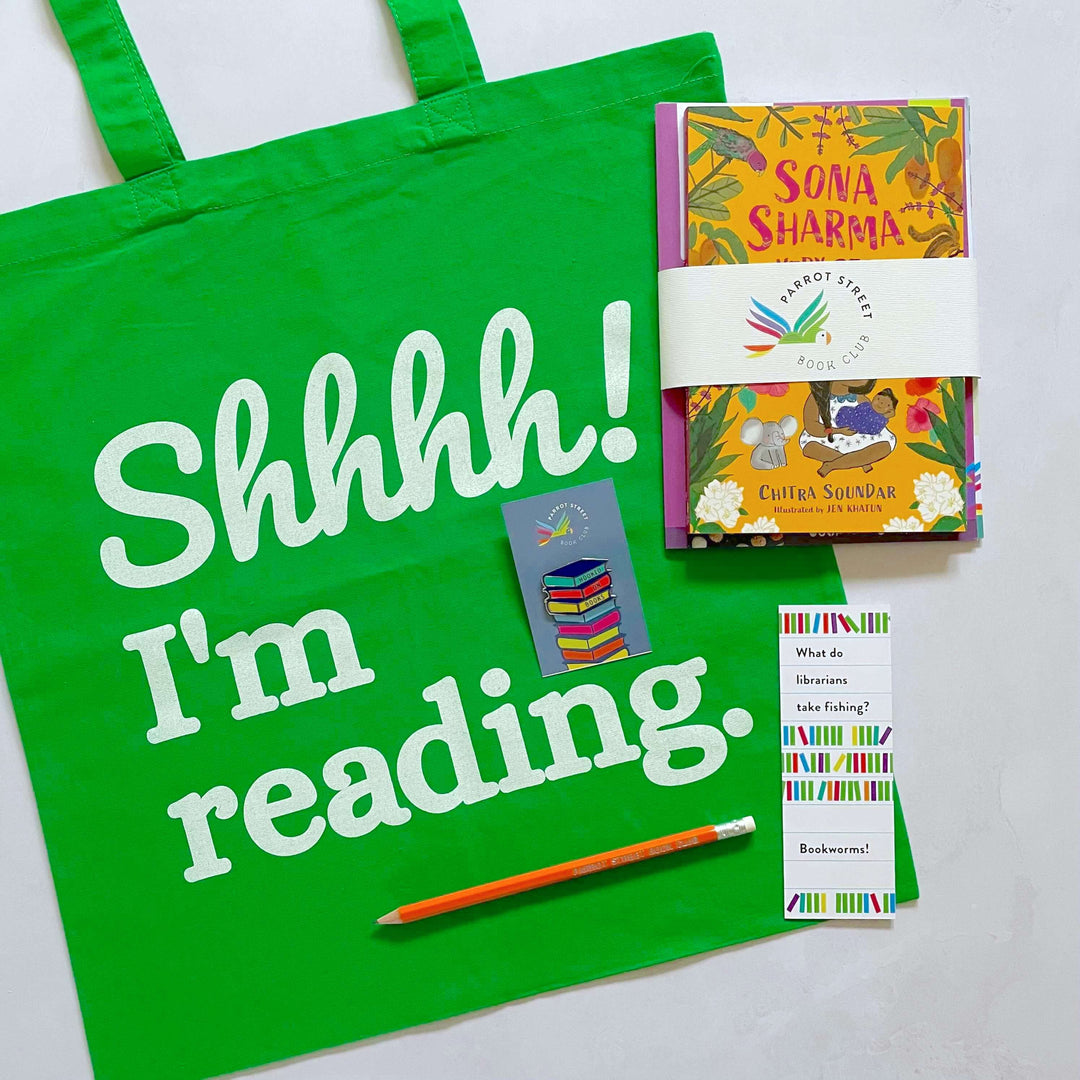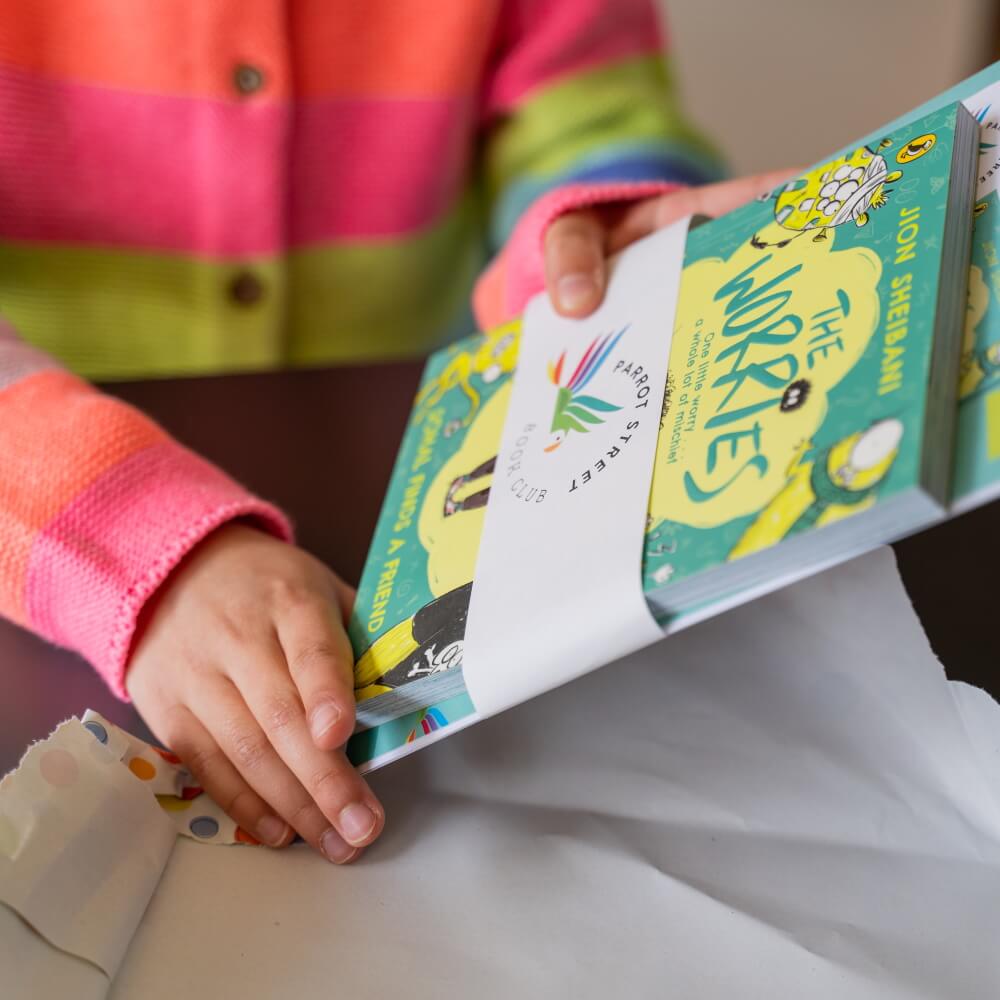Philip Womack on Wildlord and the best historical books for older readers

One of the books we've sent our Macaw subscribers this month is a dark and mysterious thriller that had us on the edge of our seats! Wildlord combines a hugely relatable contemporary lead character with a vivid historical setting. It's spooky, exciting and hugely original. We asked author Philip Womack to tell us more about what inspired the story and which historical books for tweens and early teens he would recommend you read next.
What inspired you to write Wildlord?
I’ve been interested in folklore for most of my life. The Good Folk, or the Fairies, or the Sidhe, are thought to live in mounds, and there are plenty of these in Suffolk (they are mostly burial mounds.) Also, in Suffolk, there are lots of houses with moats. Most people would assume they are for drainage: but I thought they must be there to prevent the Good Folk getting in. And from there it was just a short step to the idea that there was a magician in one of these houses, and he had something the Good Folk wanted…
Are any of the characters inspired by real people?
I suppose there is a little bit of me in Tom, the main character: he begins the novel in the remains of his black-tie suit wandering about the school grounds after his Leaver’s Ball, which is almost exactly what I remember doing. But he’s much more sporty and less bookish than I was. And much more daring. Zita certainly has elements of girls I know.
If you could travel back in time, when and where would you go?
I love this question, but I don’t know how to answer it, as the answer is: everywhere. But I suppose, if I had to choose, and I’m allowed more than one, I would go to Rome in the time of the poet Vergil; England in the time of King Alfred; and the court of Queen Elizabeth I.
Can you tell us anything about what the future holds for Tom?
That all depends… I don’t yet know whether he will appear in future books. I hope he will, as I’m very fond of him. I can tell you that in my mind he will face a terrible conflict as he grows to use his new powers.
Why did you choose to write books for this age group?
I don’t think it was really a conscious choice. I think sometimes stories present themselves and they fit certain brackets. Tom appeared as a 17-year-old, on the cusp of adulthood, and so it had to be a YA novel rather than a 10+. I don’t really like the term YA, though - so let’s call it a teen novel.
What was your favourite book when you were a child?
I had so many favourite books, at different stages of my childhood. There was an obscure book by E. Nesbit called The House of Arden, which was a time slip fantasy, which I adored. I loved T. H. White’s The Once and Future King, which manages to be gripping, tragic and funny all at the same time. And Ursula Le Guin’s The Wizard of Earthsea, which stands up very well when it’s re-read.
Do you have a favourite place to write?
I have an ideal place to write, which is somewhere where nobody will disturb me; unfortunately, this isn’t always possible. At the moment I like writing at my desk in my study, looking out onto the garden; sometimes I switch into the dining room, so I have my piano next to me which provides a useful mode of thinking about something else for a few minutes.
What other historical books for young people would you recommend our subscribers read next?
I think Rosemary Sutcliffe’s novels are brilliant; Joan Aiken’s historical novels are also perfect. The Children of Green Knowe, by Lucy M. Boston, is a classic. More contemporary historical novelists include Emma Carroll, who writes beautifully about the past, and Sonya Hartnett.
JOIN OUR EMAIL LIST
Children's book news straight to your inbox
We love sharing product updates, book recommendations, children's activity ideas and special offers via email.



